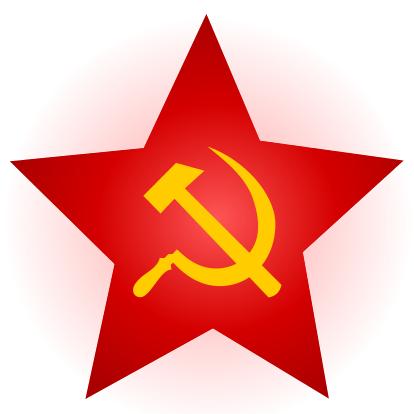
KARACHI, Pakistan – They call it Pakistan’s melting pot. Karachi, estimated to be home to over 18 million people, is the Islamic Republic’s largest and perhaps most cosmopolitan city. Skyscrapers stand next to paramilitary barracks and slums encroach upon semi-constructed expressways, as mosques unite neighborhoods and golf courses divide other communities in this sprawling metropolis which is complicated by militant-run enclaves as well as women-owned banks.
But if anti-Americanism is rife in Pakistan, which currently faces the lowest point of its fractious relationship with the United States, then it is manifested, physically, almost every week in Karachi – more so than in any other city in Pakistan. After the weekly afternoon prayers on Friday, different hardline religious groups, many with political affiliations and some with militant ties, organize protest rallies with clockwork precision that range from a few hundred to throngs of thousands. But many rallies end in the same way: the burning of an American flag.
The points of contention with the United States may differ: the CIA contractor who shot and killed two Pakistanis in Lahore, Pakistan’s second largest city; the raid on Osama bin Laden’s compound by Navy SEALs in suburban Abbotabad; the mistaken yet fatal attack on a Pakistani military checkpoint in the volatile northwestern Federally Administered Tribal Areas by NATO/ISAF forces; or the now almost weekly drone strike.
The man who dominates much of the supply chain of American flags to religious groups, 30-year-old Mamoon-ur-Rasheed – who’s been publishing anti-American placards and hand-made stars and stripes since his school days, when he was angered by the Clinton administration’s sanctions on Pakistan following its nuclear weapons testing in 1998 – is now remarkably dispassionate about his services, as well as about the short shelf-life of his flammable goods.
“We work hard for our product, and we get paid for our product,” says Rasheed, clad in a camouflage baseball cap and seated behind a desk that takes up most of the space in his eight-by-six-foot office in Gulashan-e-Iqbal, one of the city’s oldest working class neighborhood.
“So what if it burns? The purpose of the flag is to last for an hour. It’s unfortunate, but if the demand is for an hour, then the supplier must meet such demand too,” he says.
MSNBC has the full article










